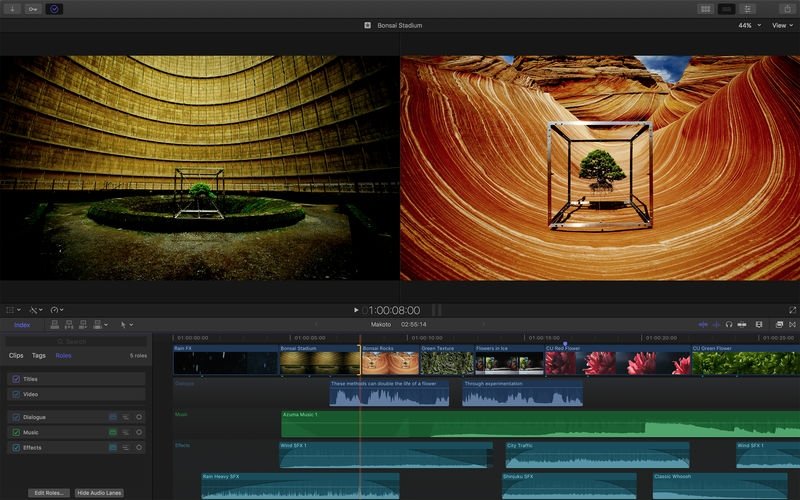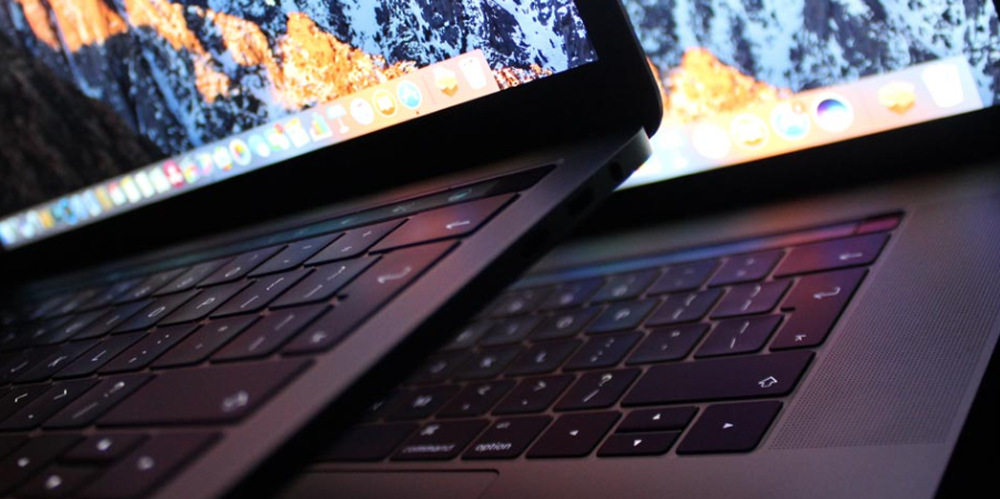

- Final cut pro x mac mini 2012 how to#
- Final cut pro x mac mini 2012 1080p#
- Final cut pro x mac mini 2012 plus#
It allowed the Pi's GPU to apply anti-aliasing, which is easier on my eyes than the blocky look of Pixel-Doubled-1080p.Less taxing on the Pi's GPU (so there was less tearing).
Final cut pro x mac mini 2012 1080p#
In the end, after futzing with settings for a long while, I decided to stick to native 1080p resolution, even though it made my monitor feel slightly old and outdated (compared to the crisp 'Retina' 4K I'm used to from the Mac), because it was: This is okay if you want to play games (what few may run at 4K) and watch videos (with some slight tearing at 4K) in glorious 4K resolution, while letting other things on the computer render at a more pleasantly-legible 1080p resolution. So, next, I turned on 'Pixel Doubling', which basically runs the Pi at 4K, but with most things rendered at 1080p, with every pixel doubled in both the X and Y dimension.


So, for example, the File Manager's main window had readable text after I increased the font size at 4K resolution, but in order to make filenames and other listings readable, I had to go into the File Manager's settings and increase the font size there. The settings in the Appearance preferences seemed to apply to some window chrome and buttons, but not internally in applications.
Final cut pro x mac mini 2012 how to#
The first thing I did-which took almost 30 minutes-was try to figure out how to get 4K (at 30 Hz-the Pi can't output 60 Hz over its HDMI connection) working with a consistent font size across all the applications and system controls. I plugged in the official Pi 4 USB-C power supply, and a micro HDMI to HDMI adapter, which went into my LG 4K 27" monitor, and waited for the Pi to boot! Step 2: Re-orientation Moving all these connections resulted in quite a rat's nest: You don't really realize how much of a mess of cables you end up with when switching computers-or how good you have it if you've jumped straight into the ThunderBolt or USB-C #dongleLife.
Final cut pro x mac mini 2012 plus#
The first task of the day was to unplug my MacBook Pro from my CalDigit TS3 Plus Thunderbolt 3 hub, and then figure out how to get everything I needed plugged into my Pi. I recorded this YouTube video, vlog-style, to cover my initial thoughts the day-of: It's great for some use cases, but not great for mine. I was hoping to go a few days, but the small pain points (in almost every area I explored) added up to a more frustrating experience using the Pi as a main computer replacement than I expected. Preliminary spoiler / tl dr: I ended up giving up after one day. So as with any project of this scope, I created a GitHub repository, pi-dev-playbook, to track my work-and, to be able to immediately replicate my development environment on a new Pi, should the need arise.


 0 kommentar(er)
0 kommentar(er)
